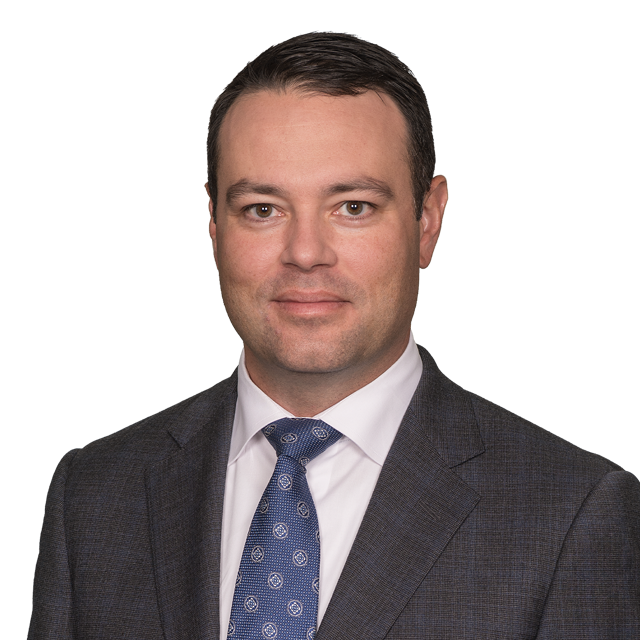On September 5, 2018, the Court of Appeal for Ontario released its decision in Lavender v Miller Bernstein LLP,1 overturning a summary judgment ruling that imposed significant liability on an auditor in previously unrecognized circumstances. In its decision, the Court of Appeal clarified the extent to which an auditor may be liable to parties other than its own client, and confirmed the increasingly high threshold for imposing broad liability on auditors in cases of pure economic loss.
Background
Miller Bernstein was the auditor to Buckingham Securities, a securities dealer whose registration was suspended by the Ontario Securities Commission (OSC) in 2001 for failing to segregate investor assets and maintain a minimum level of net capital. Buckingham’s clients suffered losses when Buckingham failed. One of Buckingham’s clients, Barry Lavender, brought a class action against Miller Bernstein in 2005 on behalf of all persons who held an investment account with Buckingham when it was suspended.
Miller Bernstein’s role was to audit certain regulatory reports that Buckingham was required to file confidentially with the OSC. The audited reports were not provided or available to Buckingham’s clients. None of Buckingham’s clients relied upon the reports.
The class action was certified on consent in 2010. In 2016, the plaintiff moved for summary judgment. The key issue on summary judgment was whether Miller Bernstein owed a duty of care to the class members – its client’s clients.
At first instance, Justice Belobaba found that Miller Bernstein owed a duty of care to Buckingham’s clients.2 After citing Hercules Managements Ltd. v. Ernst & Young,3 Justice Belobaba reasoned that, although class members did not see the audited reports, the auditor “as a matter of simple justice” had a duty to be mindful of the class members, and the class members reasonably expected Miller Bernstein to provide accurate information to the OSC. The decision extended the auditor’s liability to third parties that were unaware of the auditor’s existence and did not rely on the auditor’s audit report.
The Appeal
In a unanimous decision, the Court of Appeal overturned Justice Belobaba’s decision. The Court found that there was no duty of care, and granted summary judgment to Miller Bernstein, dismissing the plaintiff’s action in its entirety.
The Court of Appeal applied the framework for auditor’s liability from Hercules, as updated by the Supreme Court in 2017 in Deloitte & Touche v Livent Inc.4 In Livent, the Supreme Court affirmed and clarified the two-stage framework for determining whether there is a duty of care. At the first stage, the court must determine whether there is a prima facie duty of care, which exists where there is a “sufficiently close relationship between the plaintiff and the defendant.” In making this determination, the elements of “proximity” and “reasonable foreseeability” must be established. At the second stage of the analysis, if a prima facie duty of care is found, the court goes on to ask whether there are any residual policy considerations that may negate the duty of care.
The Court of Appeal’s analysis in Lavender focused on proximity. In doing so, it applied Livent, in which the Supreme Court indicated that in cases of pure economic loss arising from negligent misrepresentation or performance of a service, two factors are “determinative” of proximity: the scope of the defendant’s undertaking and the plaintiff’s reliance. On the facts before it, the Court of Appeal found that there could be no proximity between the auditor and the class members, and therefore no prima facie duty of care. It provided five main reasons for this conclusion:
- Miller Bernstein only undertook to audit reports that Buckingham filed confidentially with the OSC; it did not undertake to assist the class in making investment decisions. The limited scope of Miller Bernstein’s undertaking, and the lack of any direct connection between Miller Bernstein and the class, militated against proximity.
- The class members never saw the audited reports and there was admittedly no reliance by any class member on the audited reports.
- The motion judge’s finding was based in part on palpable and overriding errors of fact.In particular, Buckingham, and not Miller Bernstein, filed the reports with the OSC, and it was incorrect that Miller Bernstein had access to the names and account details of all class members. The facts as corrected further distanced Miller Bernstein from the class members.
- The statutory scheme in which Buckingham operated did not create a proximate relationship between Buckingham’s auditor and the class members.
- The Supreme Court has indicated that significant scrutiny is warranted when deciding whether to recognize a new duty of care in a claim for pure economic loss, which weighed against a finding of proximity in this case.
As the Court of Appeal held that proximity was not established, it did not consider reasonable foreseeability, as both elements must be established to find a prima facie duty of care. The Court of Appeal allowed Miller Bernstein’s appeal and dismissed the plaintiff’s action.
Lavender represents the Court of Appeal’s first opportunity to apply Livent to an auditor’s negligence claim. In doing so, the Court affirmed the high threshold in Livent that non-clients must meet when seeking to establish an auditor’s liability.

























